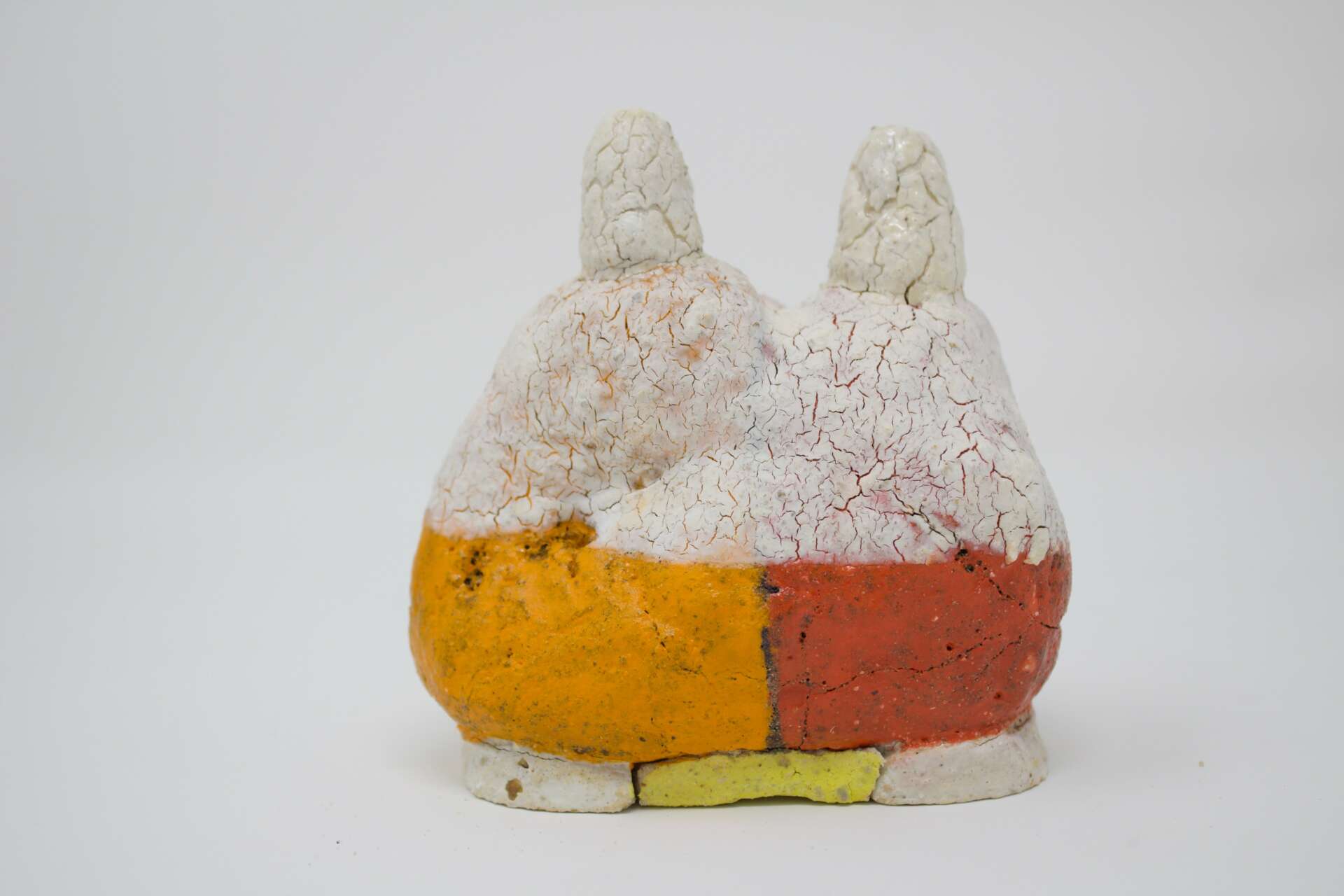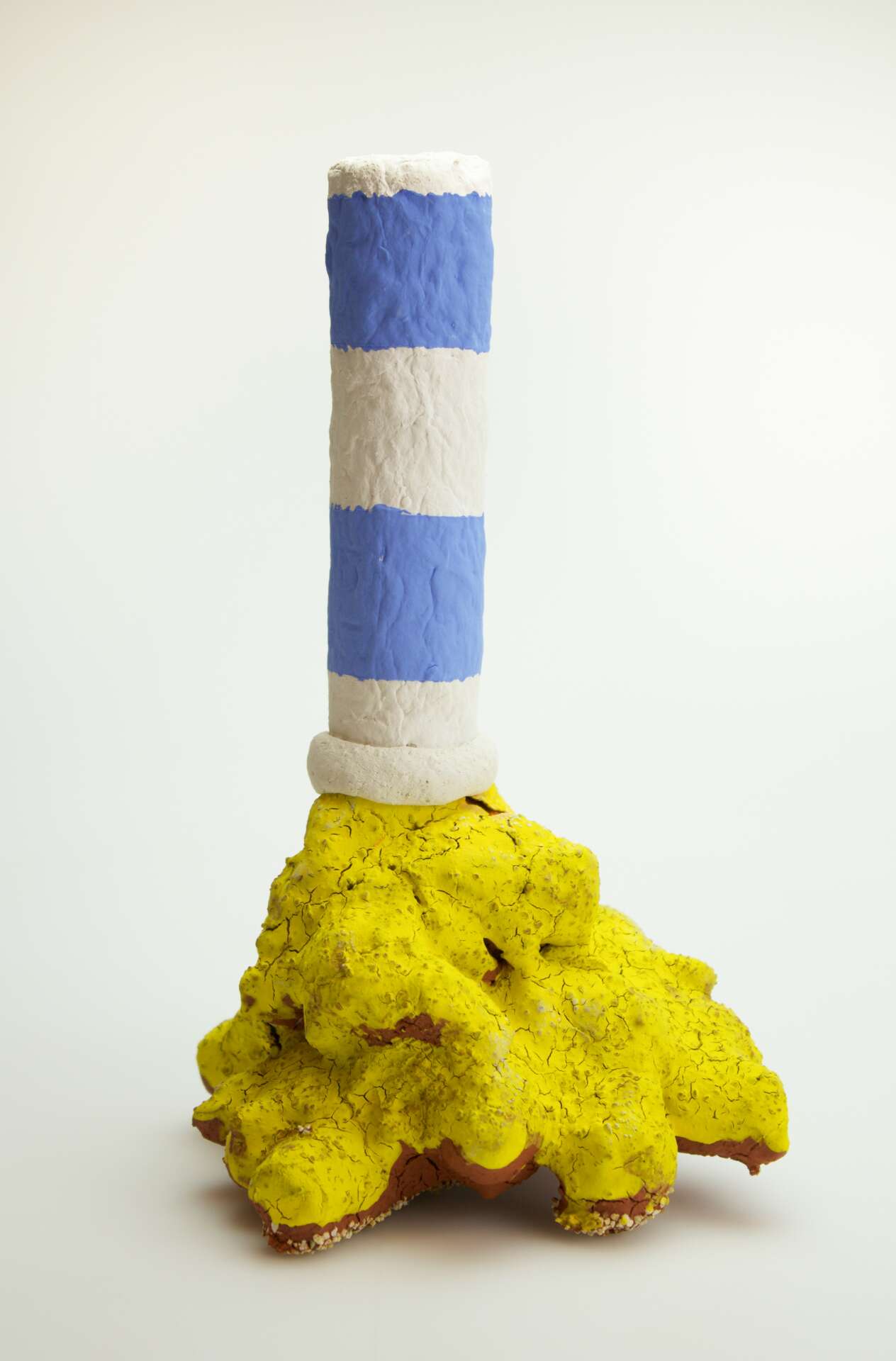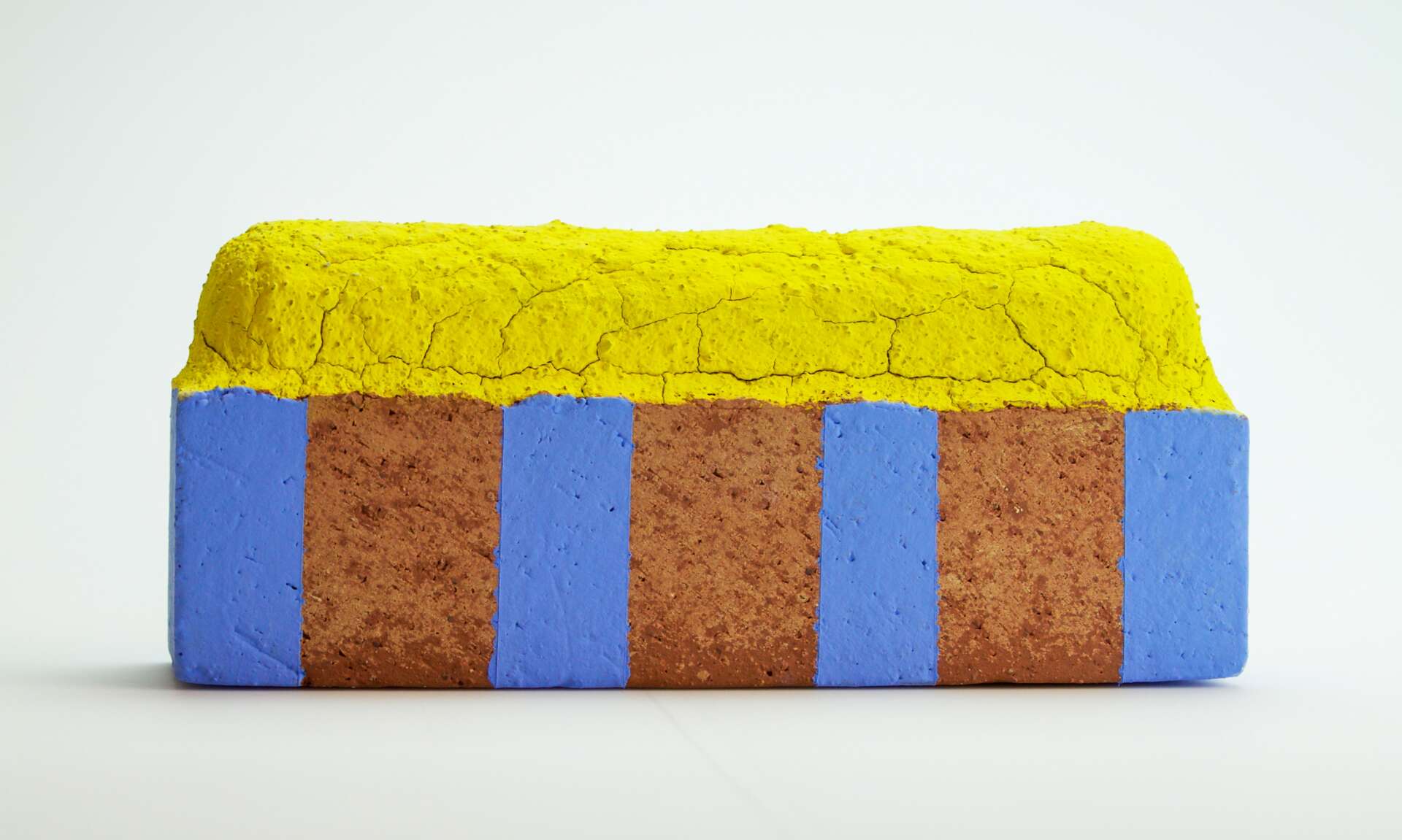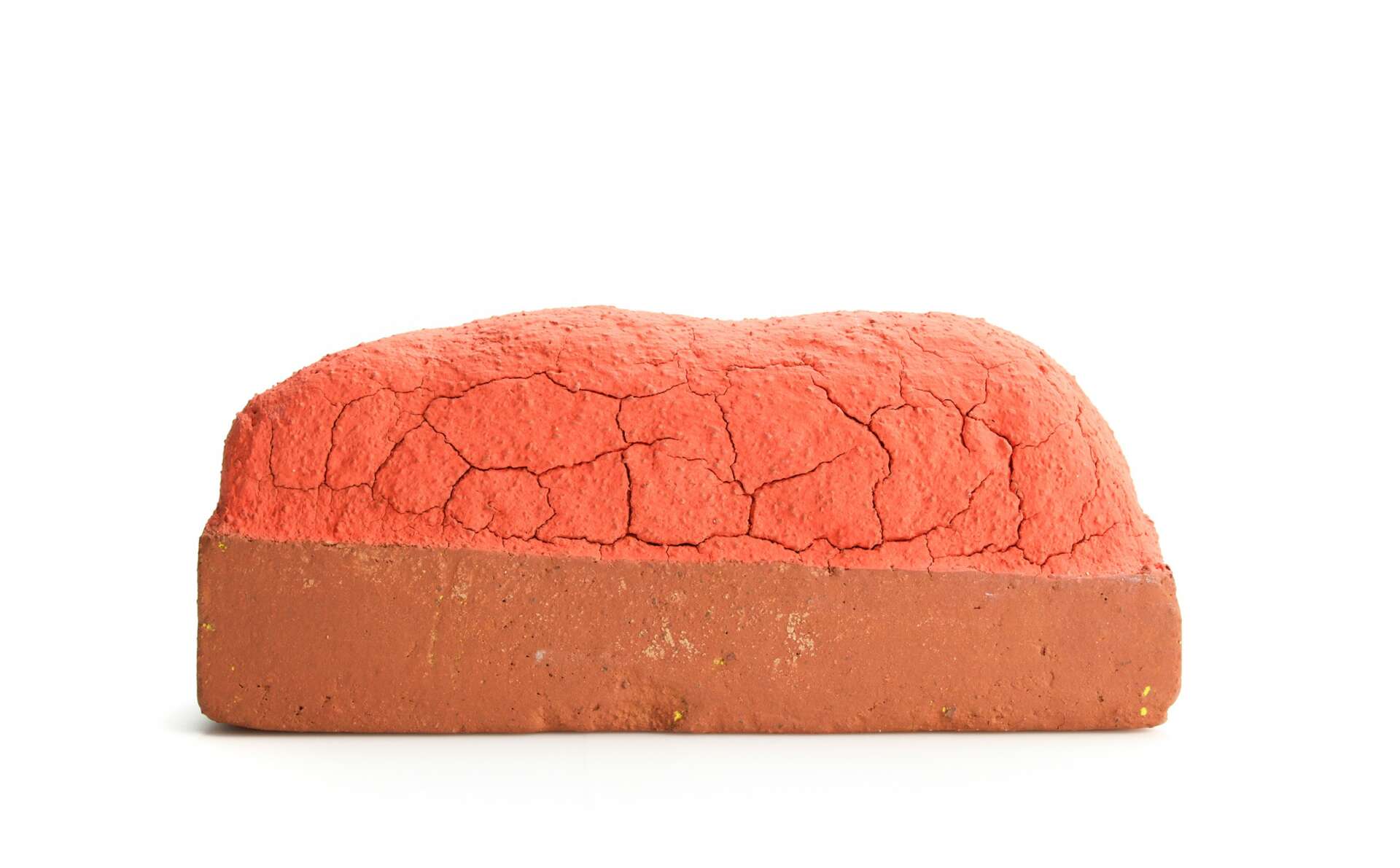We caught up with the brilliant and insightful REBECCA HARVEY a few weeks ago and have shared our conversation below.
REBECCA, appreciate you joining us today. Are you happy as a creative professional? Do you sometimes wonder what it would be like to work for someone else?
One of the things I have loved has been the opportunity to combine my artistic and scholarly interests. Making and thinking and teaching and writing, the whole lovely ball of wax, has been a joy. As time progressed I added administration to the mix – I discovered I liked to pull big levers, to participate in moving the field forward. My work has very much been a “we” rather than a “me”, a rich conversation that goes on and on. These days my job is more “regular” than not, in that I have scheduled hours that I need to be available and people that I need to check in with. There are lots of moving parts, it is at once both complicated and great fun.


As always, we appreciate you sharing your insights and we’ve got a few more questions for you, but before we get to all of that can you take a minute to introduce yourself and give our readers some of your back background and context?
Early on my father informed me that Art was a hobby, not a career, and that my 2 options were Law or Medicine. I wanted what I thought of as a whole life, to be an artist or maybe a farmer so that I would wake up every morning and just be in my life, I wouldn’t have to go “to” work because I would live my work. After a short stint at my Dad’s alma mater, I dropped out and got a job throwing production pottery. A few years later I put myself through Art School as a single parent, got a teaching job, and built myself a life. I loved academia and spent 25+ years at The Ohio State University as a Professor and then as Department Chair. I had a fabulous time as Head of Programme: Ceramics, Glass, Metals, and Jewelry, at The Royal College of Art in London, UK, and as an International Liason for OSU. My current role is the Executive Director of The Archie Bray Foundation for the Ceramic Arts in Helena, Montana. “The Bray” as it is affectionately called will be celebrating its 75th anniversary in 2026 and I am thrilled to be marking this next chapter by helping to reimagine the future of the ceramic arts.



Is there something you think non-creatives will struggle to understand about your journey as a creative? Maybe you can provide some insight – you never know who might benefit from the enlightenment.
I think that the field of ceramics requires a high tolerance for failure. If you can learn to not only accept but embrace the give-and-take that comes with material exploration your life and work will be all the richer for the learning. Lean into the conversation, prepare to shift your views, and adjust your expectations. If you get to the point where there are no surprises in your work you have ceased to grow.
What can society do to ensure an environment that’s helpful to artists and creatives?
Artists do not exist outside of society, we don’t live on the fringe and don’t belong on the edges. Society, as a whole, needs to. support and nurture the human spirit in all of its manifestations. Artists need to commit to being active members of the community, to be leaders in reminding people what it means to engage, pay attention, and collaborate. We are all in this together.
Contact Info:
Image Credits
Rebecca Harvey


